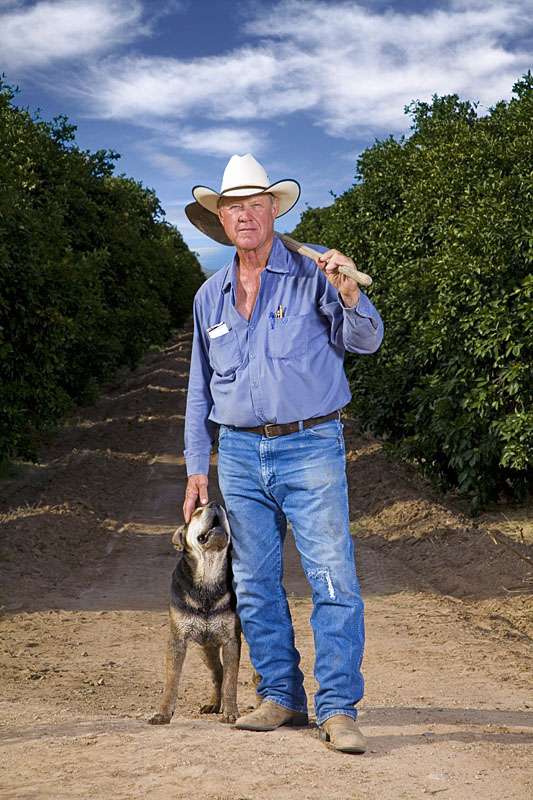I was asked to provide a snapshot of where we are with Arizona agriculture.
I must apologize in advance as I cannot fit all of it into a single frame, and the Chairman has assured me I don’t have two hours to talk.
Those of us privileged to advocate for agriculture have learned a new sense of humility these past few years. We know the economy has been horrific – and the same holds for agriculture.
I say we have learned new humility because we work for a whole lot of folks who have lost a great deal of money, some never to recover.
I won’t go into all of it, but our dairy and nursery sector have been hemorrhaging cash, the extent of these losses makes even an ex-banker, like me, reel. The dairies see some light, our nurseries not so much.
Behind every job loss, every home foreclosure, and in our struggling businesses there is a human drama, and we have to appreciate it. Markets often have rough justice. Our industries will recover, not so all of the individuals.
Some characteristics of Arizona agriculture: We are a base industry. We create products, much of it for export, with dollars returning to the state, a definition of a base industry.
Our CEO’s are imbedded in their communities, they don’t reside in other states. They and their families play roles in the civic, political and religious activities in their local areas. Their kids are in the schools and they are on the school boards.
Agriculture creates jobs and we don’t ask for much in return. Arizona could use more of this business model.
I know we keep saying it, but it keeps coming up: as individual agricultural producers we are price takers, not price makers. Sure there are risk management tools for prices, but we can’t increase prices when our expenses go up.
That leads me to another characteristic of Arizona agriculture. In order to keep our unit costs controlled, we have been quick to adapt/adopt new technologies so we can reduce our unit costs and increase the outputs of our unit productions.
As a result, U.S. and Arizona agriculture remains highly productive and increasingly more efficient, keeping costs for food less than 10 percent of the family budget.
If you enjoy your food and your abilities to enjoy your lifestyle, thank a farmer.
As mentioned we export a great deal of our production, to over two dozen countri es, with the top three in order: Mexico, Japan and Canada. Global economies are very important. The old adage about a butterfly flapping its wings in China creates a windstorm e lsewhere is true with our markets.
Where are we? Right now fresh produce prices have been generally good this season. Beef, grains, hay and cotton are seeing some unprecedented prices. Short term we are looking at a bright year. It’s not often we see the cycle for so many of our commodities at the high end.
In January, Moody’s Analytics said the top three prospects were aeronautics, high tech and agriculture because they rely on exports. Additionally, the world is short on food, 95 percent of the world’s population lives elsewhere, and we are fully prepared to sell to them.
Beginning in 1993 we started commissioning outside studies of what Arizona agriculture contributed to the economy. We “set” the table, but we cannot “sit” at the table without independent, empirical verification of our contributions.
From 1993 to 2007, the economic contribution of Arizona agriculture grew 39 percent from $6.3 billion to $10.3 billion. It dipped in 2008 and 2009, but would be back at $10.3 billion for 2010.
Arizona agriculture is changing, but it’s vibrant. Since Jurassic Park is back in the news today, I paraphrase the line from the movie: “Life finds a way.” Well, Arizona agriculture finds a way.
We will continue to be challenged in the following areas: energy (agriculture is energy intensive), water, federal policies on grazing and air quality, availability of a legal and reliable labor supply (will see mitigations in the years ahead from technology and robotics), and lastly, we are challenged by a public who often wish to regulate us by emotion as opposed to science and best management practices.



